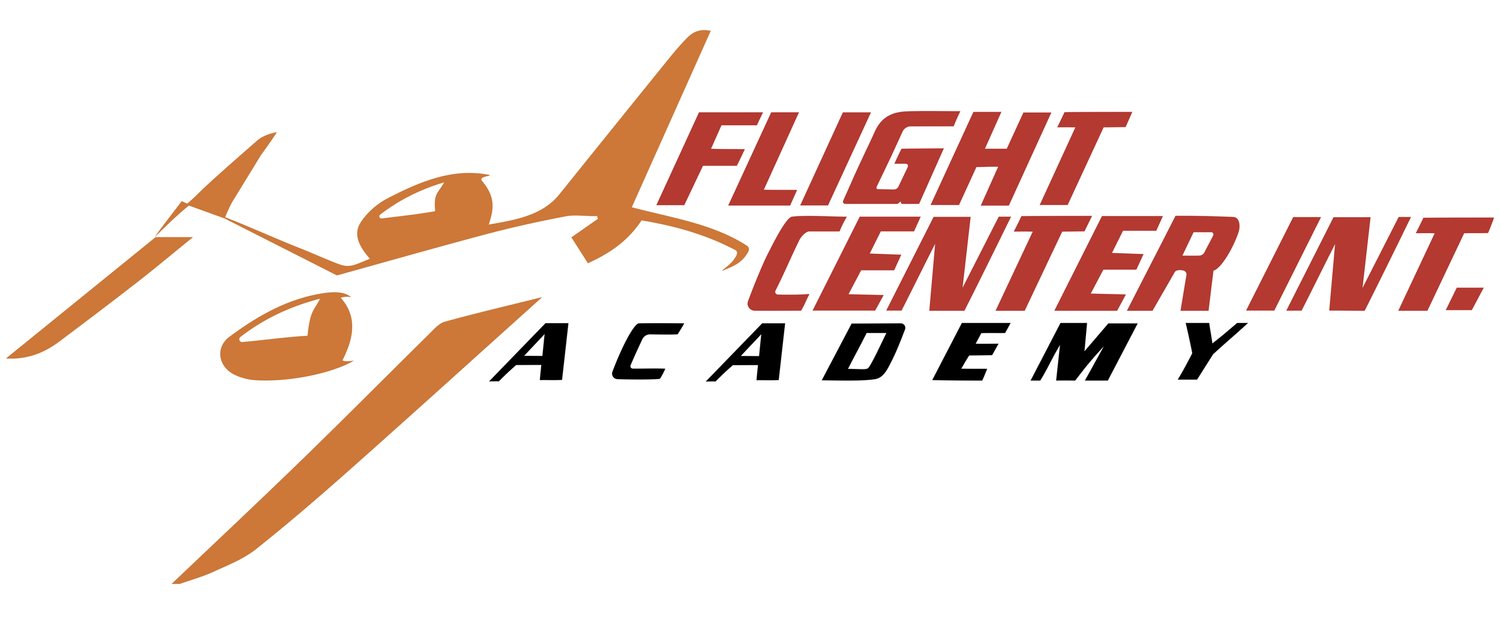Once you've fulfilled your private pilot license requirements and have your PPL, you'll probably want to get into the air as soon as possible. However, there are a number of things you should consider before you fly on your own for the first time. The following advice can help you fly safe and can help prevent costly mistakes.
1. Follow Your Checklist
Remember to always follow your checklist, even if you think you've memorized everything you need to do. Forgetting an important step on your checklist can be a costly mistake, remember to always double-check your checklist in order to make sure you didn't forget something important. Even pilots who've been flying for years still make sure they follow their checklist precisely.
2. Never Fly in Bad Conditions
Avoid flying in bad weather and deteriorating conditions at all costs. Weather plays a role in a large percentage of fatal general aviation accidents.. Many of these cases were preventable, and many inept pilots either failed to obtain a weather briefing before the flight or obtained a briefing, was warned about the conditions and decided to attempt the flight anyway.
You need to obtain a weather briefing before each flight and if the conditions are questionable, stay on the ground.
In any case, even if it's a local flight, it's a necessity to get a briefing, because the briefer will also let you know about any NOTAMs (notices to airmen) which might affect your flight. This includes such things as runway closures and temporary flight restrictions due to firefighting or a presidential visit. It's extremely important to avoid violating a temporary flight restriction.
3. Familiarize Yourself with Your Aircraft
If you buy or rent a new aircraft, it's always a good idea to familiarize yourself with the instruments and systems of your new aircraft before flying. As well as making sure you're familiar with the aircraft's controls. Flying an aircraft you're unfamiliar with can be a recipe for disaster. After familiarizing yourself with the cockpit and controls, you may also want to consider doing a practice flight to get a better feel for the aircraft.
4. Be Careful When Flying Passengers
When you fly passengers, you're not only responsible for yourself, but also for your passengers. It's your job to make sure the flight goes smoothly and everyone makes it through safely. Properly briefing your passengers about aircraft safety and making sure you avoid risky situations is extremely important for the safety of you and your passengers.
Another important tip to consider is avoid flying low. Never fly in low altitudes alone or with other passengers. Many pilots opt to fly low for many poor choices to "buzz" people on the ground, to show off, or because they did not take the time to study their chart and understand the height of obstructions and terrain along their route. Flying low is not worth the risk.
5. Be Prepared
Before flying, make sure you've already planned your flight route, and planned for any weather in your path. As well as preparing your checklist and making sure you have everything you'll need on hand. Before each flight, take the time to study the chart and pick and altitude which will allow you to remain well clear of all terrain and obstructions.
6.Remember Your Training
Make sure to remember your training, You'll no longer have an instructor to guide you during flight, and you'll need to make sure you're prepared for anything. Regularly re familiarize yourself with regulations and emergency procedures.
The best ways to ensure better flights is review your sectional charts a If you are a student pilot you can except the examiner to ask you many chart related questions during the oral portion of the checkride. If you are a private pilot, you can expect the same on your next flight review. Can you identify the different types of airspace on a chart? Do you know what RP means in the airport data? Always stick to your training and especially if you experience an emergency. You're the one and only PIC now. It's up to you to keep current and chair-fly emergency procedures.
7. You Can't Fly For Pay.. Yet.
The FAA has determined the minimum amount of experience and skills required to fly for hire is 250 hours. As a privet pilot you have a minimum of 40 and are not legally allowed to fly for hire. Aside from being under-qualified and inexperienced, you are putting property and lives at undue risk. If it falls on the wrong ears that you were flying for hire, your license and career are put at risk.
Even after you've met all of the pilot license requirements there are still a number of things you'll need to learn. These tips should help you to become a better pilot and reduce unnecessary risk when flying
8. Never Stop Learning
A dedicated pilot never stops learning. They try to squeeze as much information as they possibly can especially on the ground. A lot of student pilots are focused on the fun of flying and don't take the time to do their homework.
Read flight training books and articles, watch flight training videos and try to learn as much as you possibly can on the ground. Then apply what you learned in the air. You will perform better during flight lessons, have greater confidence and impress your flight instructor. Because you will be better prepared, you will be able to complete your flight training in less time which can save you a lot of money.
This applies to private pilots as well. In fact the private pilot certificate is often referred to as a "license to learn." A good pilot is always trying to learn more.

